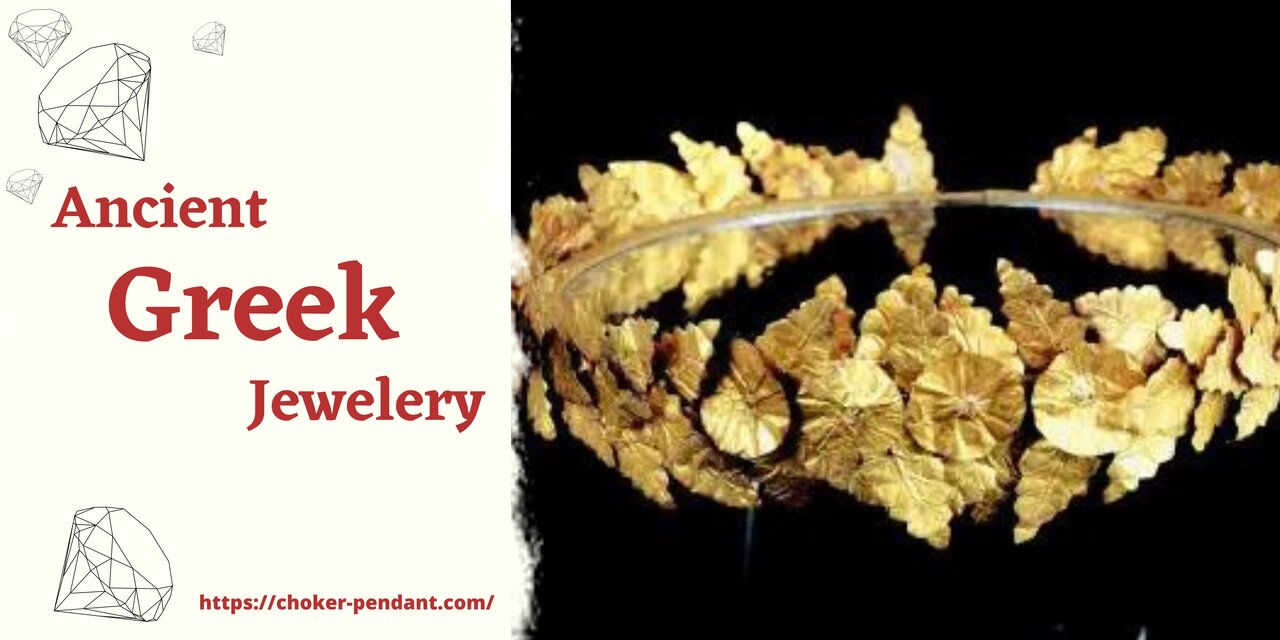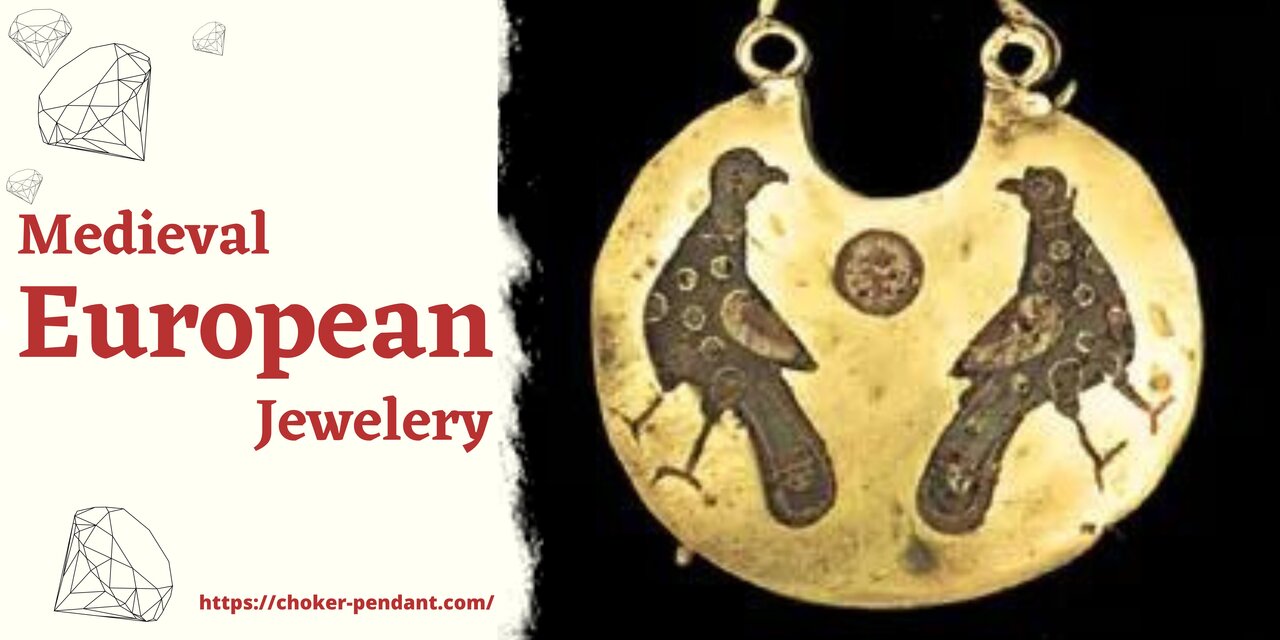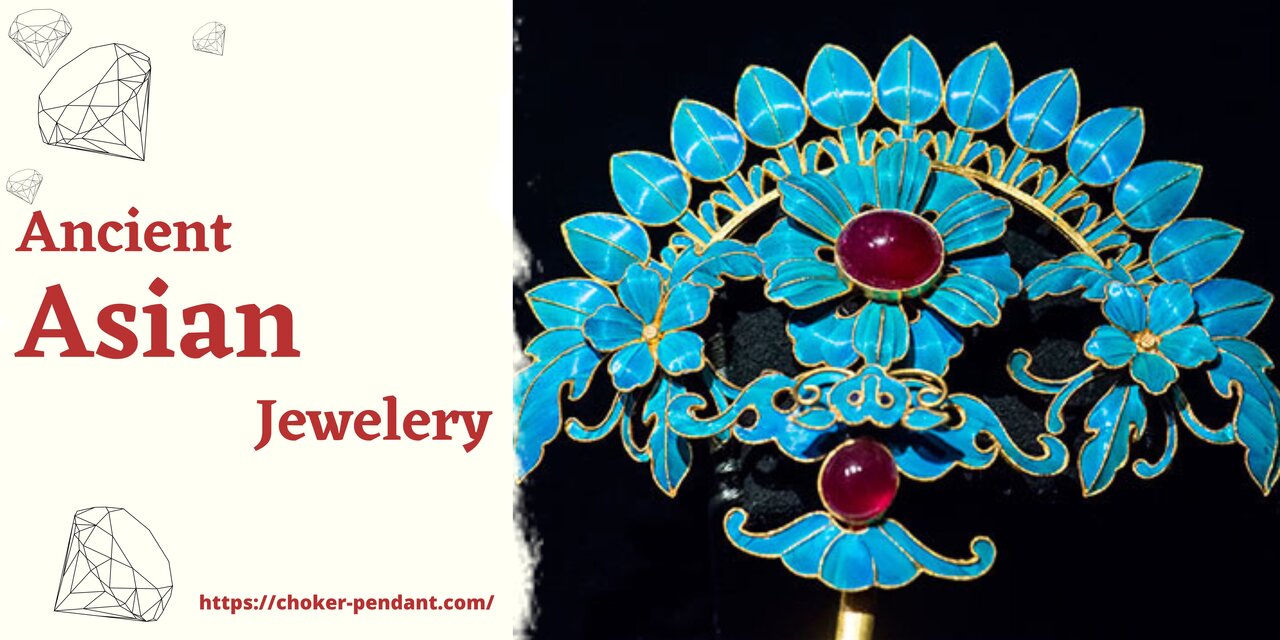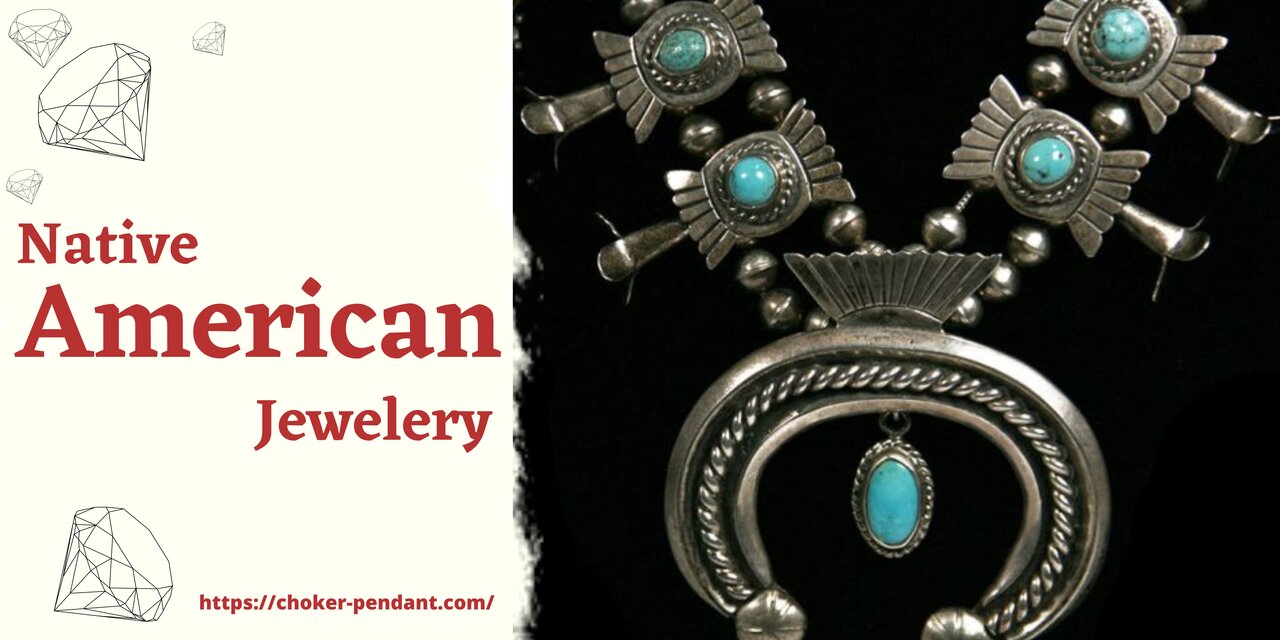Jewelry has been worn by human beings for centuries, and its history is as fascinating as the pieces themselves. From ancient times to the present day, jewelry has been used to signify everything from wealth and status to spiritual beliefs and cultural traditions. Let’s take a look at how different cultures have worn jewelry throughout time.
One notable example of jewelry as personal expression is the charm bracelet, which became popular in the early 20th century. Charm bracelets allowed wearers to customize their jewelry with a variety of charms that held personal significance. Each charm could represent a special memory, a significant event, or a cherished relationship. The popularity of charm bracelets continues today, and they remain a beloved piece of personal jewelry.
Jewelry has also been used to commemorate important moments in history. For example, during World War II, soldiers would often give their sweethearts “sweetheart jewelry” as a way to remember them while they were away at war. These pieces often featured military insignia or symbols and were meant to be cherished as a token of love and devotion.
Today, jewelry remains a vital part of fashion and self-expression. From statement necklaces and bold earrings to delicate bracelets and minimalist rings, there is a piece of jewelry to suit every style and occasion. Whether it’s a piece of heirloom jewelry passed down through generations or a trendy accessory purchased from a local boutique, jewelry continues to hold a special place in our hearts and in our culture.
The history of jewelry is rich and diverse, with each culture leaving its unique mark on the world of jewelry. Ancient civilizations like Egypt, Greece, and Rome used jewelry to symbolize power and status, with intricate pieces made of precious metals and gemstones. Jewelry was often designed to represent religious beliefs and symbols, with motifs like scarab beetles and serpent bracelets holding great significance.
In Asia, jewelry played an important role in religious ceremonies, with materials like jade and gold representing purity, longevity, and divine connection. Native American cultures used jewelry as a form of personal expression and spiritual significance, with intricate pieces made of materials like turquoise and shell.
As time passed, jewelry continued to evolve, with the Middle Ages in Europe seeing jewelry used to denote social rank and class. The wealthy elite wore lavish pieces, while the poorer classes made do with simpler pieces made of less precious materials. Today, jewelry remains an important part of fashion and self-expression, with a wide range of styles and materials available to suit every taste.
Jewelry In Ancient Time
-
 Jewelry of Ancient Egypt
Jewelry of Ancient Egypt
One of the most well-known examples of ancient jewelry is from the civilization of ancient Egypt. Egyptian jewelry was often made of gold, which was seen as a symbol of the sun and the pharaohs. Many pieces were adorned with precious gemstones and were often designed to depict religious beliefs and symbols. The scarab beetle, for example, was a popular motif in Egyptian jewelry and represented the concept of rebirth.

-
Jewelry of Ancient Greece and Rome
Jewelry was also important in ancient Greece and Rome, where it was often worn as a symbol of status and power. Both cultures made use of a variety of materials, including gold, silver, and precious stones, to create intricate pieces. Some pieces were even designed to represent specific gods and goddesses, such as the serpent bracelet worn in honor of the Greek god Hermes.

-
Jewelry of Medieval Europe
During the Middle Ages in Europe, jewelry was often used to denote social rank and class. The wealthy elite wore lavish pieces made of gold and decorated with precious gems, while the poorer classes made do with simpler pieces made of copper or bronze. Jewelry was also a common gift exchanged between nobles and royalty, as a sign of friendship or allegiance.

-
Jewelry of Asia
Jewelry played an important role in Asian cultures, as well. In India, for example, jewelry was often used in religious ceremonies and was seen as a way to connect with the divine. The tradition of nose rings, for instance, was seen as a way to honor Parvati, the Hindu goddess of love and fertility. In China, jade was a highly prized material for jewelry and was seen as a symbol of purity and longevity.

-
Jewelry of Native American
Jewelry has also played an important role in Native American cultures. Tribes across North America have used a variety of materials to create intricate pieces, from turquoise and silver to bone and shell. Jewelry was often used in ceremonial dress, and pieces were often imbued with spiritual significance.
-
Jewelry of Modern Times
Today, jewelry continues to be an important part of many cultures around the world. From diamond engagement rings to traditional African beaded necklaces, jewelry serves a variety of purposes and has a rich history that spans across civilizations and time periods.
Jewelry, Status and Power
Throughout history, jewelry has often been associated with status and power. From ancient times to the present day, the wealthy elite have adorned themselves with lavish pieces made of gold, silver, and precious gems to signify their social rank and wealth. In many cultures, the size, quality, and rarity of the jewelry one wore reflected their standing in society.
For example, during the Renaissance in Europe, jewelry was a symbol of nobility and power. Royalty and aristocrats wore intricate pieces of jewelry that were often designed with pearls, diamonds, and other precious stones. The jewelry was worn not only as an adornment but also as a symbol of wealth, power, and authority.
Similarly, in ancient Egypt, jewelry was closely associated with the pharaohs and the royal court. The use of gold and precious gemstones was a way of demonstrating the pharaoh’s power and wealth, and many pieces were adorned with symbols and motifs associated with the gods and goddesses.
In many cultures, jewelry was also used as a form of currency. For example, in West Africa, gold was used as a form of currency, and jewelry made of gold was often exchanged as a way of demonstrating wealth and power. In ancient Rome, the wearing of jewelry was regulated by law, and certain types of jewelry were only allowed to be worn by those of a certain social class.
Even today, jewelry remains a symbol of status and power. In many cultures, diamond engagement rings and other forms of expensive jewelry are seen as a way of demonstrating one’s love and commitment, but also as a way of showing one’s financial success.
Conclusion
In conclusion, jewelry has played a significant role in many cultures throughout history, serving as a symbol of status, power, and wealth. From ancient Egypt to modern times, the wearing of jewelry has been closely linked to social rank and class, and the value and rarity of the jewelry one wore was often seen as a reflection of their standing in society.



